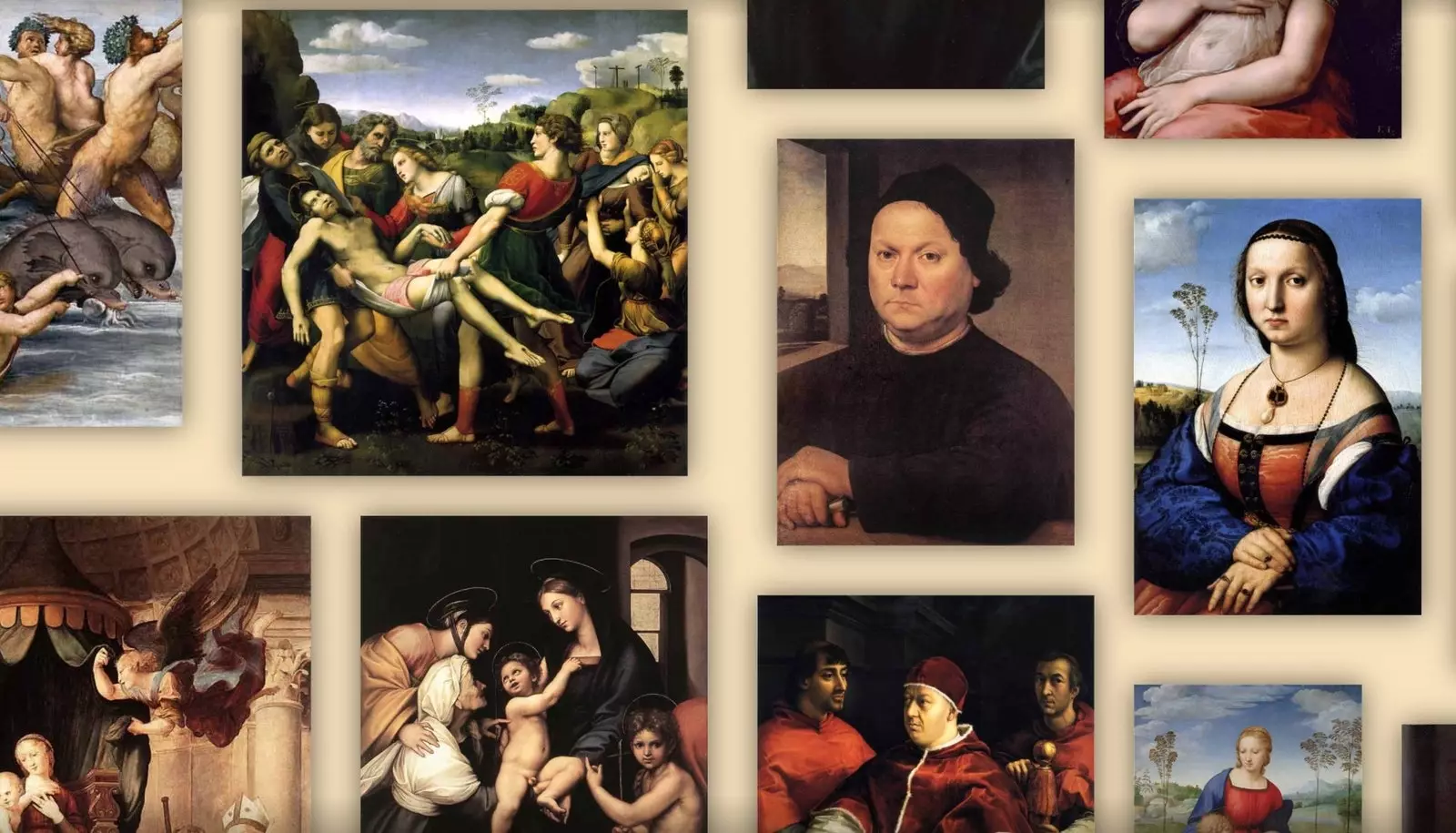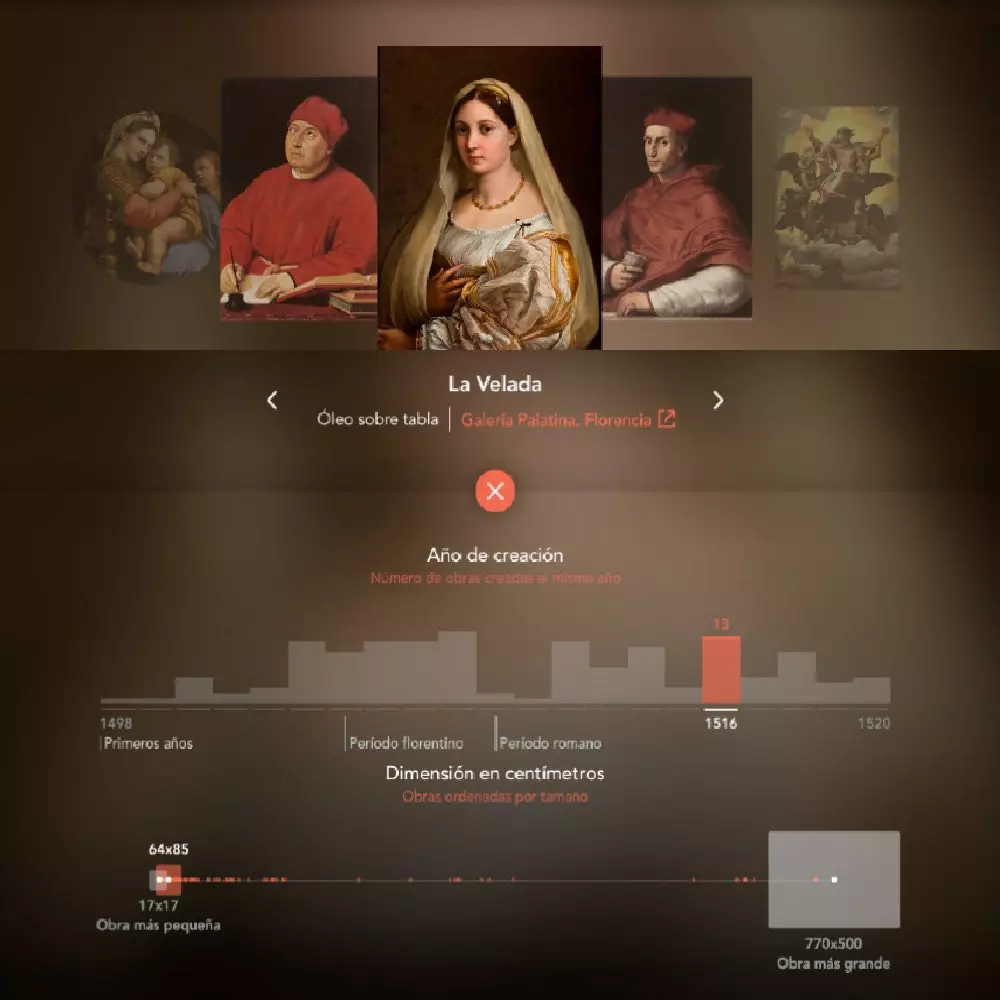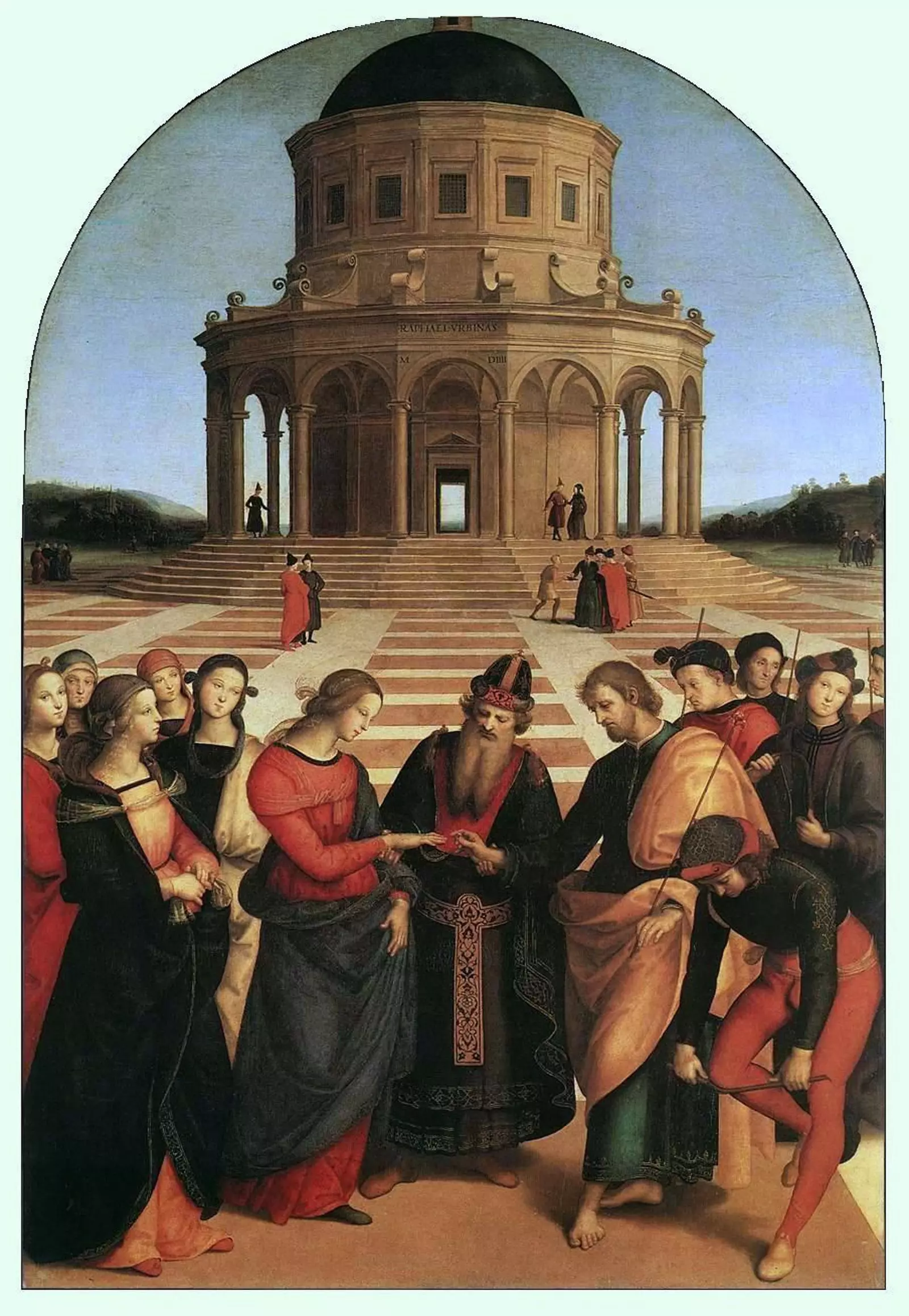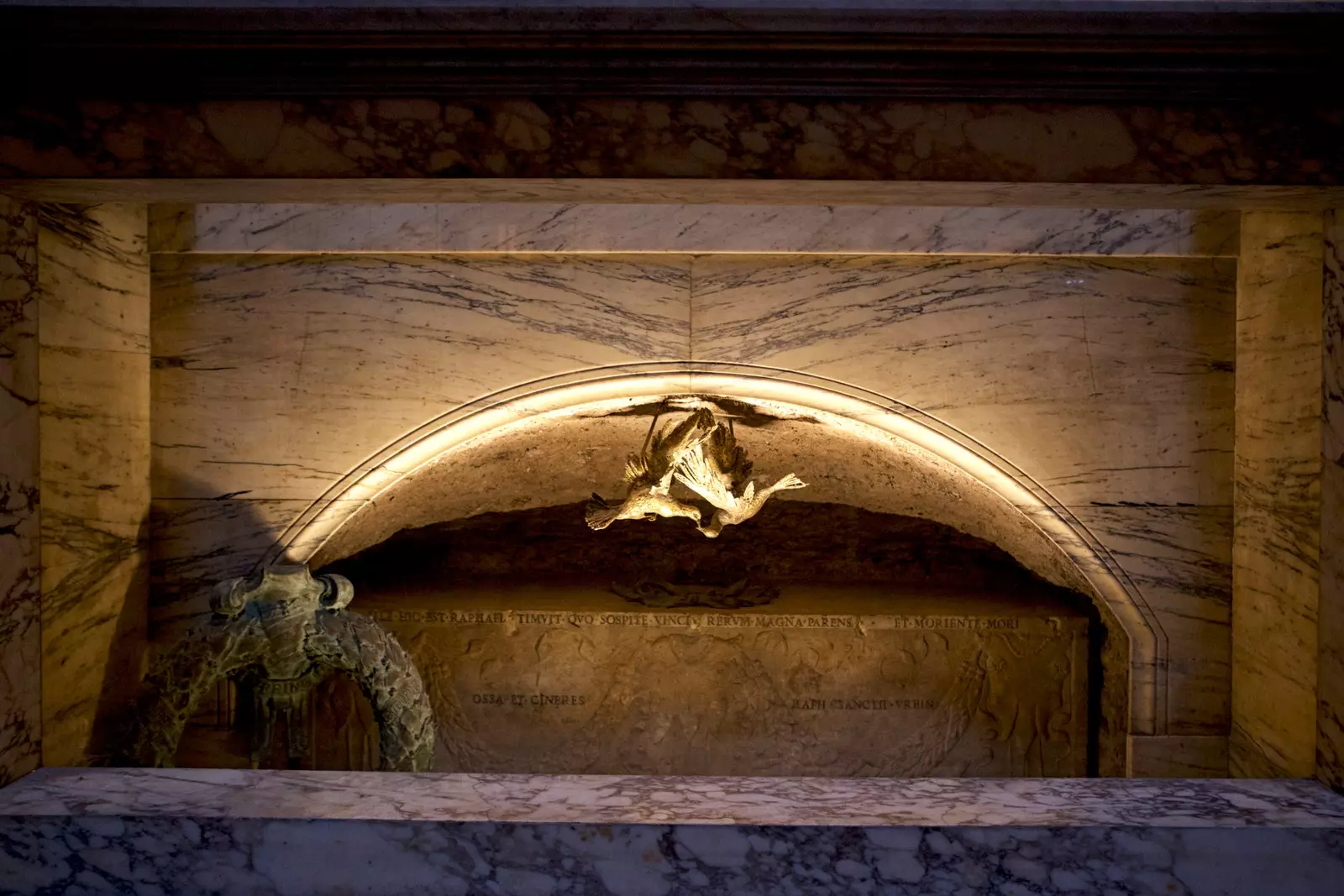
Panel with Raphael's works exhibited in Italy.
Even being able to leave home, it would be unlikely that one day you could get closer to meet all the works of the Italian artist Raphael in one fell swoop, as they are scattered throughout several of the world's most important museums, from the Louvre to the National Gallery of Art in Washington.
Reason why the virtual museum focused on the figure of the Renaissance master that the Musement platform has just launched is as practical as it is interesting, since it allows you to enjoy each one of the painter's paintings at the click of a button. Something like if, in the 500th anniversary of his death (which will be next April 6), Let's 'walk' through the art galleries and galleries of more than 30 cities (spread across 11 countries) and stop to commemorate and admire – through the screens of our mobile phones, computers and tablets – his main paintings.

Data from 'La Velada' (today in Florence), which represents the ideal of Raphaelian beauty.
DIGITALIZED ART
Once we access the web page, a brief and explanatory message appears presentation entitled Commemorating Rafael, to then quickly invite us to navigate through these universal works.
Content is organized into 11 image boards, for each of the countries, that are compiled and presented at the top of the page in the form of a cursor bar, subdivided into sections of different sizes depending on the number of existing tables and frescoes in each nation. The segment corresponding to Italy (which houses 40 of his 145 works) is visibly longer than that of, for example, Brazil, which with a single work looks more like a point than a line.
In each board there is the possibility either to click on the image that most attracts our attention or to filter the search (at the bottom of the page) according to the city or the art gallery or pinacoteca in which the original works are exhibited.
Once our choice is made, when clicking on it, it is displayed in a very visual and structured way a sheet with much more precise details, such as the material, the size, the year of creation and the artistic period of Raphael to which it belongs: early years, Florentine period or Roman period.

Are you able to see the six fingers of Saint Joseph?
I, who #stayhome like you, have chosen to 'travel' to the Brera Pinacoteca, in Milan, to observe in detail the six fingers –which represented a sixth sense– that Raphael painted on the foot of Saint Joseph in The Betrothal of the Virgin (something that he would repeat ten years later, in 1514, in the hand of Pope Sixtus IV of the Sistine Madonna, kept in the Gallery of Old Master Paintings in Dresden).
I have also been amazed at the disturbing portrait that the painter and sculptor made of Julius II and which is exhibited at the National Gallery in London. So intimate, so real, so unpapal.
And I have not been able to close the website of the virtual museum without first recreating myself in the image (and history) of The Transfiguration, Raphael's unfinished painting. I imagine a Sanzio, as the artist was surnamed – immersed in a pictorial competition against Sebastiano del Piombo concocted by the cardinal and patron Julio de Médici – bringing out the best of himself, his best strokes, his most complex composition, his most dramatic effects and expressive.
As if Rafael knew deep down that this was going to be his last work -finally finished by one of his students-, the one that would end presiding over his own funeral held in the Roman Pantheon, where his remains rest today next to the epitaph: "This is the tomb of Raphael, in whose life Mother Nature feared being defeated by him and at whose death she also died."
And you, to which country do you plan to 'travel' today to carefully observe the works of the Renaissance genius?

Raphael's tomb in the Roman Pantheon.
